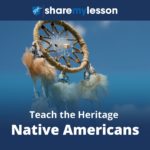November is National Native American Heritage Month, and now more and more schools are recognizing Indigenous Peoples Day, in lieu of Columbus Day, on the second Monday in October. Share My Lesson has curated this collection of free lessons, activities, and videos to assist educators in teaching about the ways of life of indigenous peoples from around the world in order to foster understanding of our shared sense of humanity.
Native American Cultures Across the U.S.
Teaching children about the First Americans in an accurate historical context while emphasizing their continuing presence and influence within the United States is important for developing a national and individual respect for the diverse American Indian peoples, and is necessary to understanding the history of this country.
Thanksgiving Lesson Plans & Resources
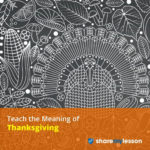
Find new ways to teach students about the meaning of the Thanksgiving holiday. Share My Lesson’s vetted collection includes free preK-12 lesson plans, activities, and resources that explore this traditional event from multiple perspectives, including a focus on indigenous peoples and studying endangered cultures.
Anishnabe/Ojibwe/Chippewa: Culture of an Indian Nation
This lesson provides information and activities about one American Indian Nation, the Anishinabe, called Ojibwe in Canada and Chippewa in the U.S., and engages students in research on its history, location, and past and present culture.
The Earliest Americans (CKHG Unit)
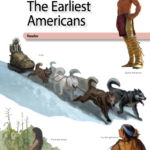
Across 17 lessons, this unit introduces some of the different peoples who populated America many years before the arrival of European explorers—some as early as thirty thousand years ago along the Pacific Coast, and others who traveled from Asia across Beringia, the land bridge. Students explore how these early peoples spread across North and South America, adapted to their environments and developed unique cultures. Each lesson is designed to last 30 minutes.
The Age of Exploration (CKHG Unit)
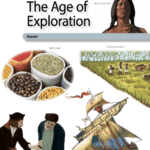
This unit introduces students to European exploration and trade from 1400 to the 1600s. Across 12 lessons, students learn about motivations for European exploration and study specific explorers, learning about their encounters with indigenous peoples. Students are introduced to the early slave trade and the beginnings of slavery in the Americas.
Native Americans: Cultures and Conflicts (CKHG Unit)
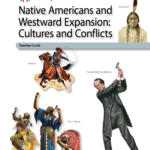
Across 7 lessons, this unit explores the ways of life of diverse Native American peoples and how their cultures were disrupted, displaced, and profoundly altered by westward expansion and American government policies and practices in the 1800s. Some of the content of this unit is tied to the “Pathway to Citizenship,” an array of civics-focused knowledge, questions, and activities.
NHD Breaking Barriers: Americans and Native Americans
From the colonial era, relations between European settlers and Native American nations have been complicated. In 1803 Congress authorized and funded an expedition led by Meriwether Lewis and William Clark for exploration of the region and for better knowledge about American Indians of the Northwest in order to develop trade. About 30 years later, the United States forced the removal of Native Americans from their lands to make way for white American settlement. Congress and the president made treaties with Native American nations, but those treaties were not always respected as the United States continued to expand into the west. After Native Americans enlisted and served in both World War I and World War II, Congress passed legislation to begin to address longstanding Native Americans claims against the United States Government.
Not “Indians,” Many Tribes: Native American Diversity
In this unit, students will heighten their awareness of Native American diversity as they learn about three vastly different Native groups.
Indian Boarding Schools Primary Source Set
Through photographs, letters, reports, interviews, and other primary documents, students explore the forced acculturation of American Indians through government-run boarding schools.
